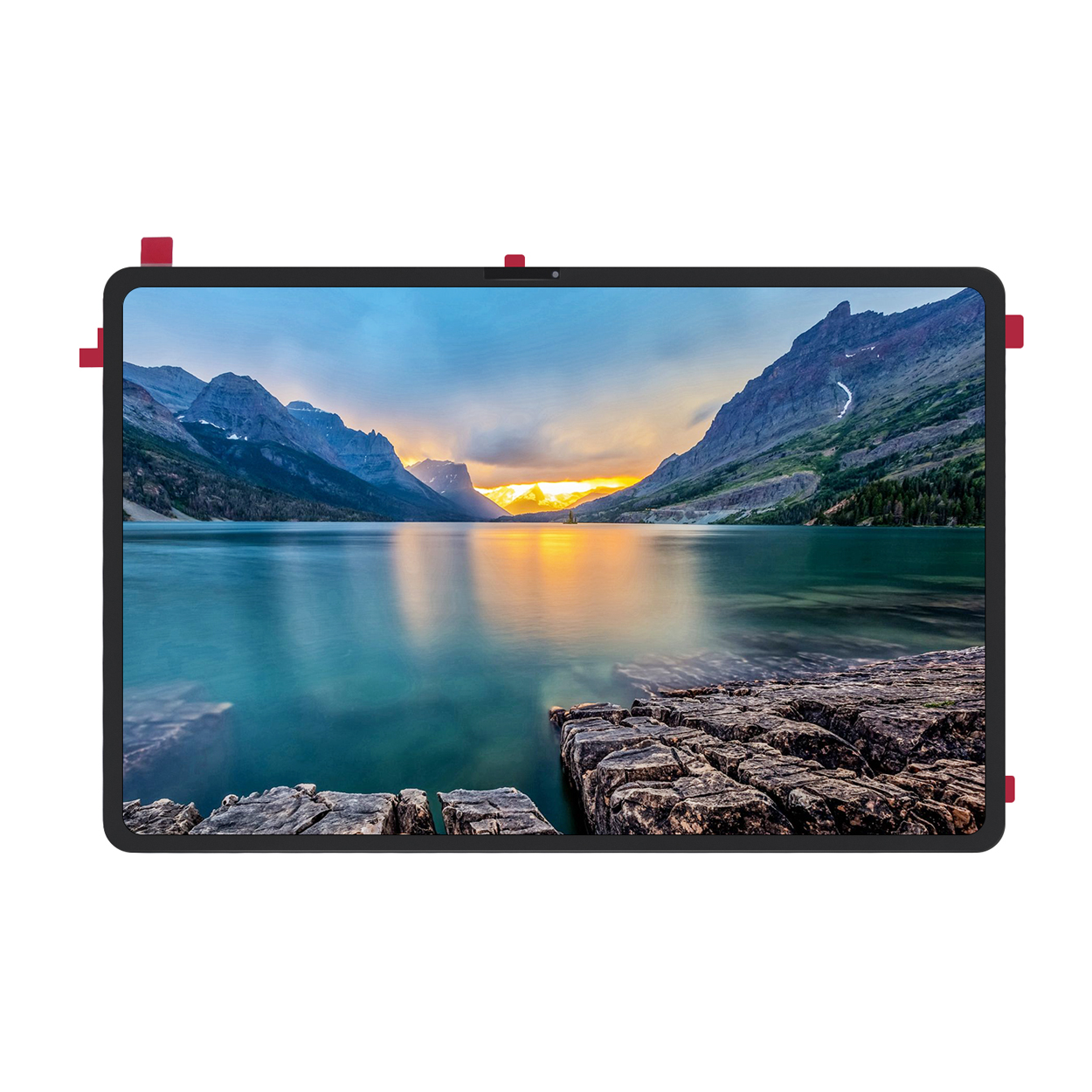
Display modules like OLED, LCD, and LED offer various benefits in power, image quality, and cost, ideal for different devices.
Whether you’re upgrading your home entertainment system, purchasing a new smartphone, or exploring options for professional displays, understanding these technologies is crucial.
OLED and LCD are two leading display technologies that dominate the market. Each has unique properties and uses different mechanisms to produce images on screens. OLED is known for its excellent contrast and ability to display true blacks, while LCDs are praised for their brightness and cost-effectiveness.
OLED technology utilizes organic compounds that glow when an electric current passes through them. This allows OLED displays to be thinner, more flexible, and capable of producing deeper blacks since each pixel can be turned off completely. The absence of a backlight reduces the thickness and weight of the device, making OLEDs ideal for high-end smartphones and TVs.
Unlike OLEDs, LCDs use liquid crystals combined with a backlight to display images. These crystals do not emit light by themselves; instead, they use the light modulated by the liquid crystals to produce images. This method often results in bulkier devices when compared to OLEDs. However, LCDs excel in brightly lit environments due to their superior brightness.
When it comes to picture quality, OLEDs generally provide sharper images and more vibrant colors due to their high contrast ratio and ability to display true blacks. LCDs, while improving, still struggle with contrast and black levels but offer clearer images under direct sunlight.
OLED displays can achieve a much higher contrast ratio than LCDs because they can turn off pixels completely to produce true blacks. In contrast, LCDs often exhibit a slight glow, known as backlight bleed, which can affect the appearance of black colors on the screen.
OLED screens have superior viewing angles compared to LCDs, maintaining color accuracy and contrast from almost any angle. However, LCDs typically outperform OLEDs in terms of brightness, making them more suitable for use in well-lit conditions.
LCDs are generally more durable and have a longer lifespan compared to OLEDs. OLEDs are susceptible to burn-in and the organic materials used in OLED screens can degrade over time.
Burn-in, or image retention, can be a concern for OLED displays if static images are displayed for prolonged periods. This issue is less prevalent in LCDs due to their different lighting methods.
OLEDs are typically more energy-efficient when displaying dark scenes, as they can turn off pixels completely. However, LCDs can be more energy-efficient overall, especially when displaying very bright images.
OLEDs are generally more expensive to produce than LCDs, which is reflected in the pricing of OLED-equipped devices. Whether the cost is justified depends on the user’s needs for picture quality and device form factor.
In conclusion, the choice between OLED and LCD depends on your specific needs:

LCDs, or Liquid Crystal Displays, have become ubiquitous in the digital age, serving as the visual interface for countless devices. From smartphones to LCD monitors, understanding the basic components of the LCD is crucial to appreciating this prevalent technology.

This article dives into the world of Thin-Film Transistor (TFT) LCD display modules, exploring their technology, advantages, and diverse applications.

OLED display modules, particularly graphic OLED variants, are revolutionizing the way we interact with devices, offering crisp visuals, vibrant colors (in some cases), and exceptional energy efficiency.

In the ever-evolving world of display technologies, the debate between OLED (Organic Light Emitting Diode) and LCD (Liquid Crystal Display) remains a hot topic.

This article delves into the fascinating world of display modules, specifically focusing on LCD (Liquid Crystal Display) and TFT (Thin-Film Transistor) technology.
Display modules like OLED, LCD, and LED offer various benefits in power, image quality, and cost, ideal for different devices.

This article delves into the fascinating world of display modules, specifically focusing on LCD (Liquid Crystal Display) and TFT (Thin-Film Transistor) technology.

LCDs, or Liquid Crystal Displays, have become ubiquitous in the digital age, serving as the visual interface for countless devices. From smartphones to LCD monitors, understanding the basic components of the LCD is crucial to appreciating this prevalent technology.

LCDs, or Liquid Crystal Displays, have become ubiquitous in the digital age, serving as the visual interface for countless devices. From smartphones to LCD monitors, understanding the basic components of the LCD is crucial to appreciating this prevalent technology.

@ 2024 display-module. All right reserved.